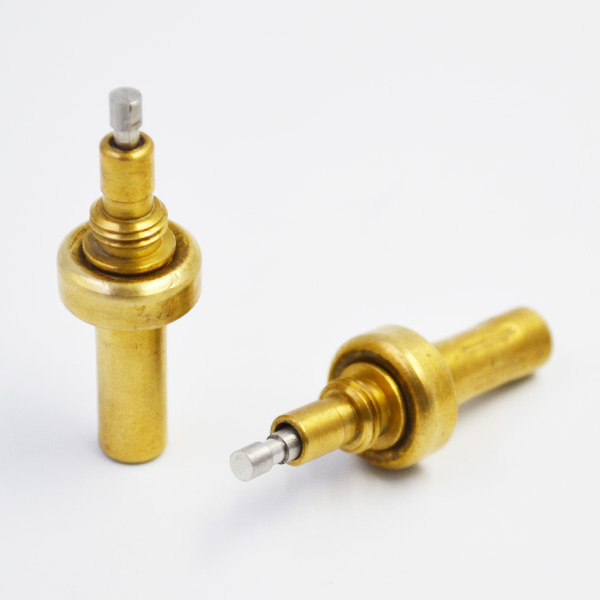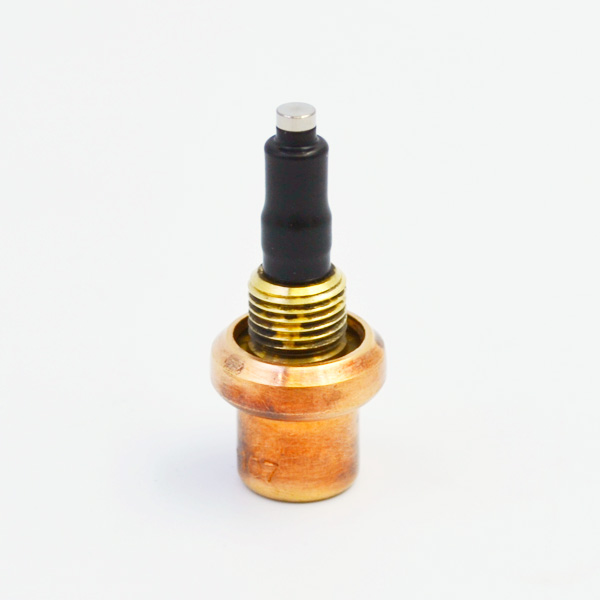This paper introduces the design method of digital tone regulator, and carries out simulation debugging. The experimental results show that the multi-segment digital tone controller can enhance or attenuate the amplitude of the audio signal in the whole audio frequency band to change the auditory effect.
In the process of picking up and transmitting audio signals through various audio equipments, the amplitude-frequency characteristics of audio equipments or devices are not completely flat, which changes the amplitude of different frequency components of the original signal. And the tone regulator is a gain device that can artificially change the high and low frequency components of the signal. A good sound regulator has the following four functions: first, it can compensate and correct the frequency distortion caused by audio equipment; second, it can correct the frequency distortion of transmission gain in playback places such as theatres; third, it can adjust the frequency component of the signal which is easy to feedback, so as to suppress the sound feedback and improve the sound transmission effect; fourth, it can be used to render gas in music art creation. Atmosphere, portray the actor’s personality, improve the artistic performance effect. The tuning controller can be realized by a resonant circuit composed of inductance, capacitance and resistance elements. The resonators with different resonant frequencies and different gain can be obtained by choosing different combinations of component parameters. A multi-segment tone regulator is composed of several resonators with resonant characteristics.
The essence of resonant circuit is analog band-pass filter. Although the frequency and gain can be adjusted by choosing different component parameters, the component parameters of analog circuit have great dispersion and large errors between nominal value and theoretical value, which lead to large errors between measured value and theoretical value of frequency and other parameters. It is also difficult to calculate component parameters according to relevant formulas after knowing the frequency parameters. It is not conducive to automatic realization, so there are many problems in using resonant circuit to realize multi-segment tone regulation. This paper uses advanced digital signal processing technology and the design method of digital band-pass filter to realize the design of multi-segment digital tone regulator. As we know, the most important function of digital tone controller is to enhance or attenuate the required frequency components conveniently, so it can be divided into two categories: lifting controller and attenuation controller. The so-called increase is to increase the amplitude of the required frequency component (greater than 0 dB), and the so-called attenuation is to suppress the amplitude of the required frequency component (less than 0 dB). The tone regulator hopes to have no effect on other frequency components while upgrading or attenuating the required frequency components. As mentioned above, the amplitude-frequency characteristics of a single segment ideal digital tone regulator are shown in Figure 1. A number of single-segment tone controllers cascade to form a number of digital tone controllers. According to the basic concept of digital filter, the frequency required for operation is defined as the center frequency f0 of digital tone regulator; the corresponding signal amplitude at the center frequency of the lifting tone regulator is gain G, and the corresponding signal amplitude at the center frequency of the attenuating tone regulator is gain 1/G; the corresponding frequency at the 0.7G of the lifting tone regulator and the 0.7/G gain of the attenuating tone regulator is called the upper cut-off frequency fH. The difference between the lower cut-off frequency and the lower cut-off frequency is called 3dB bandwidth B, thermostatic element that is, B = fH-fL. Changing any of the three parameters of center frequency f0, gain G and 3dB bandwidth B can significantly change the control effect of digital tone regulator. Therefore, these three parameters are defined as the parameters of digital tone regulator.

In summary, the parameters of digital tone controller are center frequency f0, gain G and quality factor Q. With center frequency f0, gain G and quality factor Q as parameters, how to design a function to satisfy the amplitude-frequency characteristics shown in Fig. 1? It can be achieved by using filter design method. H (s) can be converted to digital filter H (z) by bilinear transformation or impulse response invariance. The advantage of the impulse response invariant method is that the frequency transformation relationship is linear.

If there is no spectrum aliasing phenomenon, the digital filter designed by this method will reproduce the original frequency response characteristics well, but the finite-order analog filter will produce different degrees of spectrum aliasing distortion, so the bilinear transformation is more suitable. By using bilinear transformation method, the transfer function H (s) of analog filters represented by formulas (4) and (5) is transformed into the transfer function H (z) of digital filters.

The multi-segment digital tone controller consists of several digital attenuation filters and digital lifting filters. In the case of setting digital audio sampling rate fs, each digital filter has three adjustable parameters: center frequency f0, gain G and quality factor Q. Therefore, the multi-segment digital voice controller can enhance or attenuate any frequency signal in the range of 20 Hz to 20 kHz according to the need to achieve the desired audio effect. From Figure 2, we can see that the input audio signal near the central frequency point can be enhanced or attenuated by each section of the tone controller. The amplitude of the enhancement or attenuation is controlled by gain, the signal deviating from the central point has little effect, and the distance of the deviation is controlled by the quality factor Q. The regulation of each frequency band of the digital multi-band tone regulator is relatively independent and has no influence on each other. In practical use, the gain and variation of audio signal in the whole audio frequency band can be flexibly adjusted according to personal hobbies and the content of live programs, so as to achieve satisfactory sound effect.
